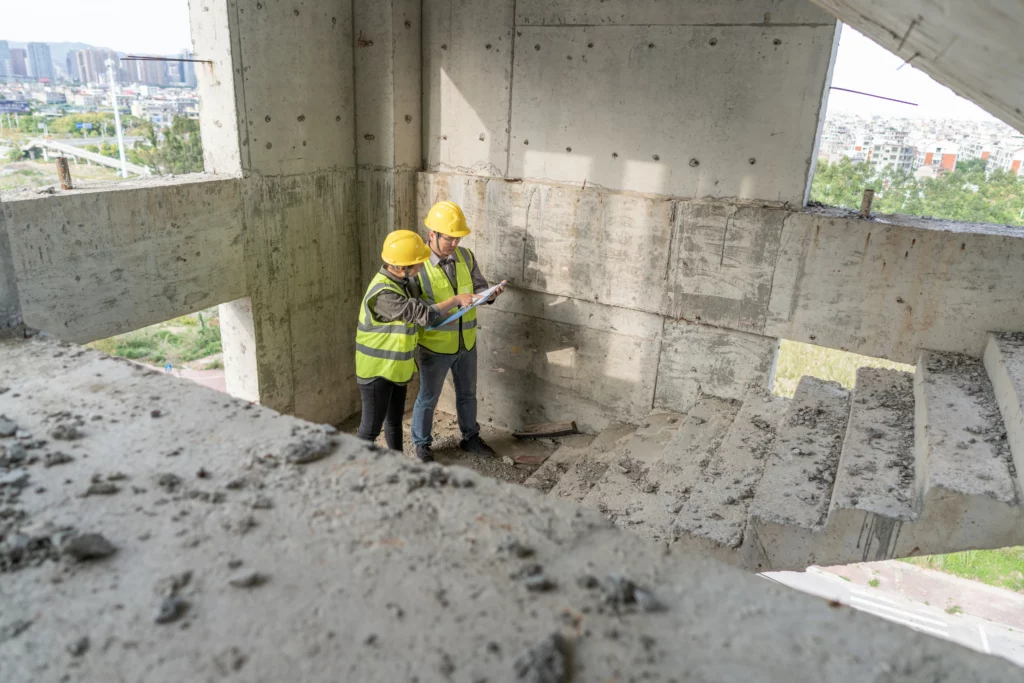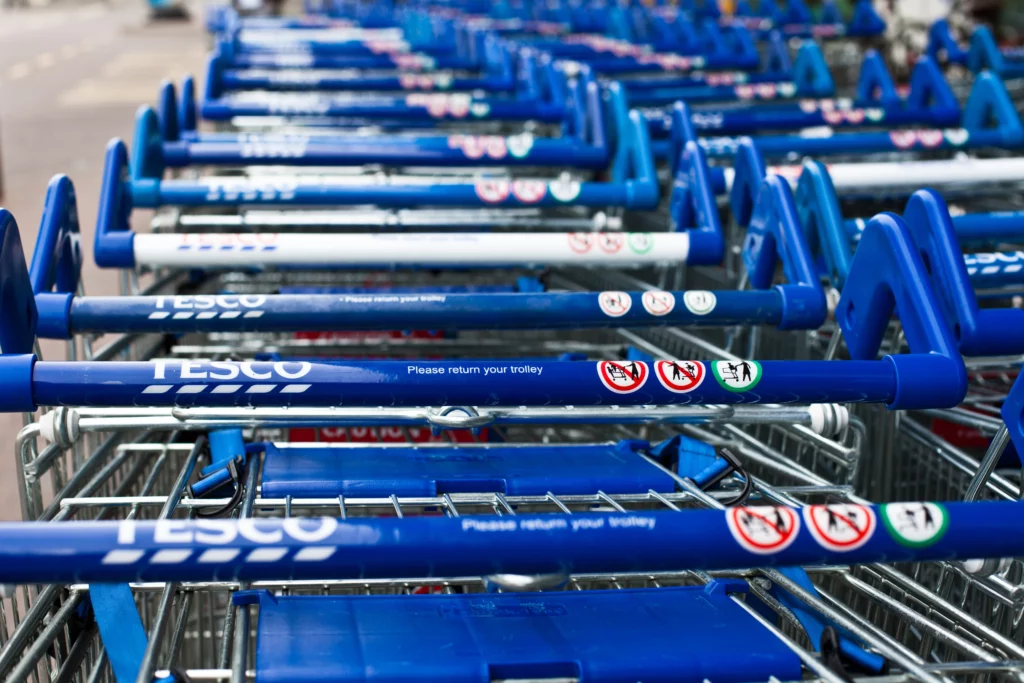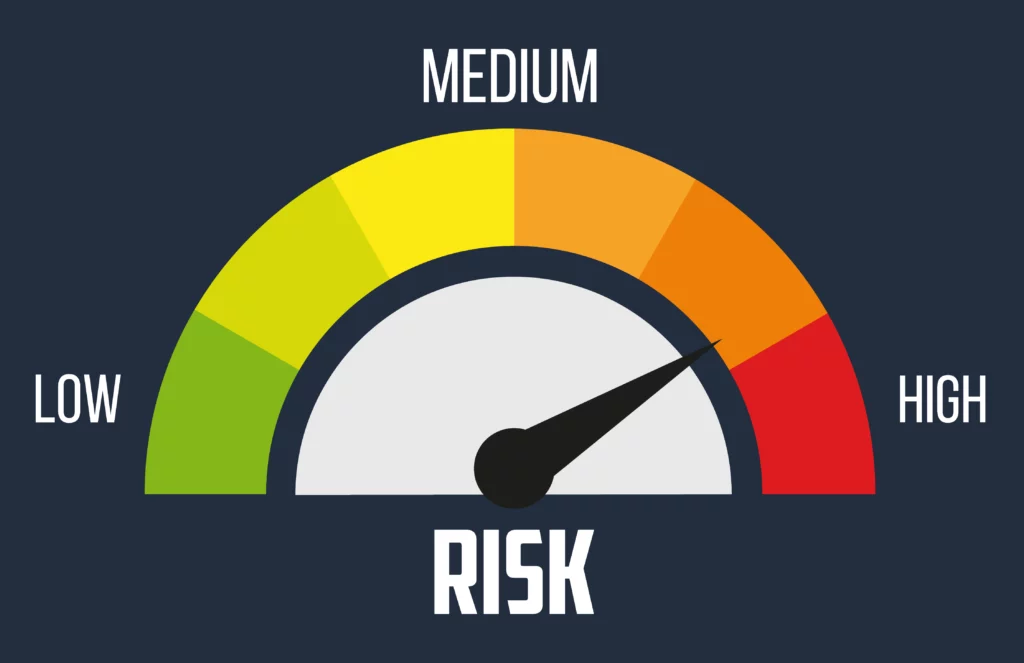A question every regulatory defence lawyer knows they will be asked by an anxious client – “how much will the fine be?” It’s obviously incredibly important and answering it now as opposed to 15 years ago has – in many ways – become easier…but at the same time, more complicated.
The reason for this is the existence and application of the Definitive Sentencing Guidelines for health and safety offences which came into force on 1 February 2016.
The guidelines set out a nine-step process for a court to follow in determining sentence – extremely mechanistic but a process which does allow a far more realistic assessment to be made as to the range of sentence an organisation might be confronted with. Put simply, the court needs to decide where an offence and offender appear on a sliding scale of penalties.
Steps 1 and 2 of the process are the real battleground – they deal with determining the levels of culpability and harm caused which enable an offence to be categorised and a “starting point” and “category range” to be set. This will be our focus.
Step 1 is about the sentencing court looking at the offence and its surrounding circumstances and deciding how far the defendant can be blamed for the offence. The range of blameworthiness (“culpability”) is from ‘very high’, which involves a deliberate breach or flagrant disregard for the law, to ‘low’ when significant efforts were made to address the risk, there was no warning of the risk and the failings were minor and isolated.
The next stage of Step 1 is to consider the seriousness of any harm/risk of harm and the likelihood of that harm occurring. This is “scored” on a “seriousness of harm risked” – A, B or C and; “likelihood of risk occurring” – high, medium and low to reach a “harm category” from 1 to 4.
We all understand that managing Health and Safety is a ‘risk’ based process and the overarching duty of organisations is to ensure, as far as is reasonably practicable, the health, safety and welfare of employees and non-employees.
In sentencing, there is no requirement for a failure to comply with that overarching duty to result in actual harm, only that there is the potential for the risk of harm arising from the breach of duty. When the court considers the level of harm, they are concerned with the seriousness of harm ‘risked’ – if actual harm has been caused, this will just make matters worse (it will be an “aggravating” feature) for the purposes of sentencing.
In considering the seriousness of harm risked (almost always death or serious physical impairment – “level A”), the court must think about how likely it was that the harm would occur – this helps them fit the case into the most appropriate harm category. The category can be tweaked if the breach resulted in actual harm i.e., someone was injured and/or a wide group of people were put at risk.
Once the levels of culpability and harm are established, the Court then considers the means of the defendant – based on turnover – this allows them to classify a business on a scale from “micro” (turnover under £1m) to “large” (turnover above £50m) and be led to a sentence range and starting point.
See the whole blog series below:
Planning for the worst: The key components of a crisis management plan.
Entry, search and seizure: Who are the regulators and what are their powers?
Dealing with health and safety investigations
Interviews under caution – Part 1, What are they? and Part 2, Why do they matter?
Enforcement options: What can regulators do if they find a breach? – Part 1, Cautions and Part 2, Prosecution
The end game: health and safety sentencing – Part 1, Culpability and Harm and Part 2, The Pounds and the Pennies.






































































